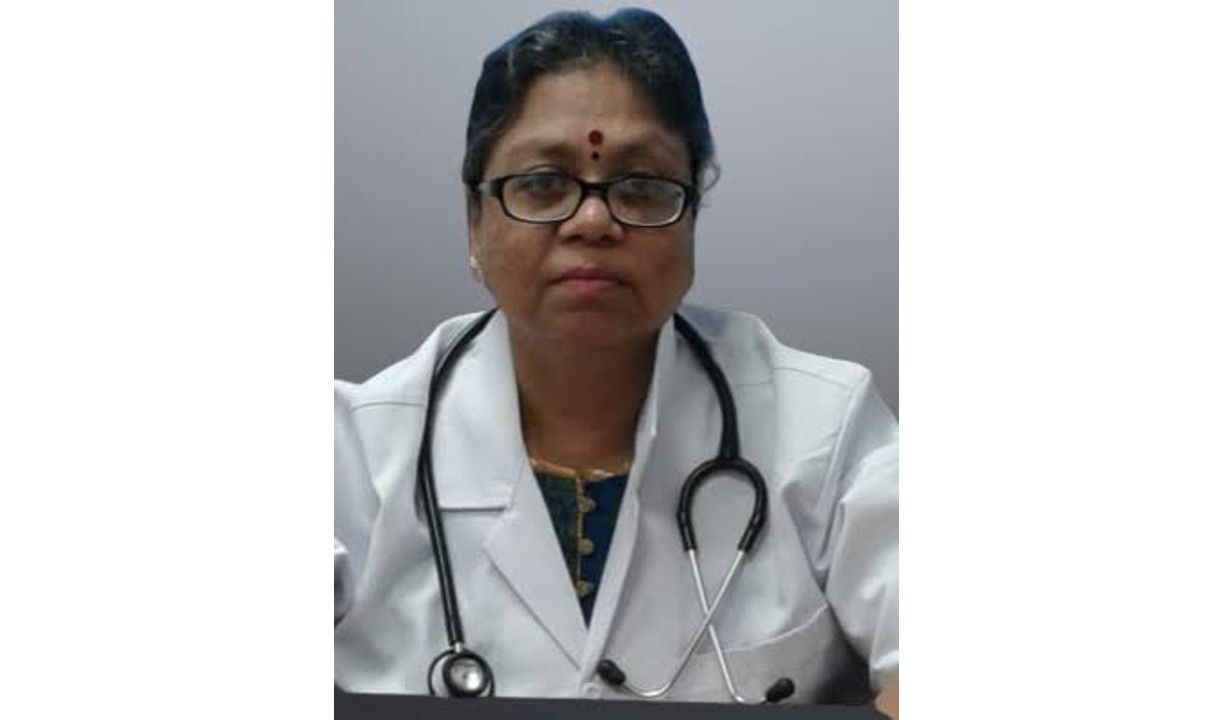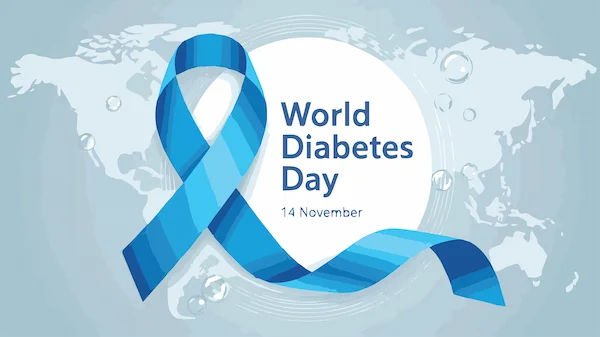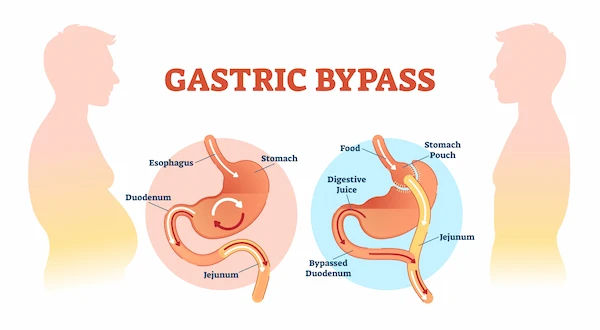Are You Morbidly Obese? A Guide to Understanding Your Health
Learn what morbid obesity means, its signs, symptoms, risks, and treatment options. This guide explains how to recognise morbid obesity and take steps towards better health.

Written by Dr. Md Yusuf Shareef
Reviewed by Dr. D Bhanu Prakash MBBS, AFIH, Advanced certificate in critical care medicine, Fellowship in critical care medicine
Last updated on 19th Sep, 2025

Introduction
The term "morbidly obese" can sound alarming and clinical. It’s more than a label about size or weight; it's a specific medical classification indicating a level of obesity that significantly increases the risk of serious health complications. If you’re wondering about your weight status, you’re already taking a positive step toward understanding your health. This guide is designed to demystify what morbid obesity means, going beyond the Body Mass Index (BMI) number to explore the real-world signs, health implications, and pathways to improvement. We’ll break down the medical criteria, discuss the symptoms you might be experiencing, and outline the potential health risks and treatment options. Our goal is not to induce fear but to provide clear, actionable information to empower you to have informed conversations with healthcare professionals and take control of your well-being.
What Does "Morbidly Obese" Actually Mean?
The Role of Body Mass Index (BMI)
Morbid obesity, now often referred to as Class 3 obesity in medical terms, is primarily defined using the Body Mass Index (BMI). BMI is a simple weight-to-height ratio calculated by dividing a person’s weight in kilograms by the square of their height in metres (kg/m²). A BMI of 40 or higher is classified as Class 3 or morbid obesity. Alternatively, a BMI of 35 or higher accompanied by a serious obesity-related health condition (like type 2 diabetes or severe sleep apnoea) also falls into this category. The term "morbid" is used because this level of obesity is associated with a high (morbid) risk of co-morbidities—other diseases that can significantly impact health and quality of life.
Limitations of the BMI Scale
While BMI is a useful population-level screening tool, it has important limitations. It does not distinguish between weight from fat, muscle, or bone. A very muscular athlete could have a high BMI without being obese. Conversely, an older adult with less muscle mass might have a "normal" BMI but carry dangerous levels of visceral fat. Therefore, BMI should be considered a starting point for a diagnosis, not the sole determinant. A doctor will use it in conjunction with other assessments to get a complete picture of your health.
Key Signs and Symptoms Beyond BMI
Physical Symptoms and Health Indicators
Morbid obesity manifests through various physical signs and symptoms that affect daily functioning. Common indicators include:
• Severe breathlessness after minimal physical effort.
• Persistent fatigue and low energy levels throughout the day.
• Difficulty with physical mobility, such as trouble walking or climbing stairs.
• Excessive sweating more than others under similar conditions.
• Pain in joints, especially the knees and back, due to increased pressure on the skeleton.
• Skin problems like chafing, rashes, and infections in skin folds.
Impact on Daily Life and Mobility
The impact extends beyond the physical. Many individuals experience significant challenges in performing everyday tasks, which can affect mental and emotional well-being. This can include difficulty finding comfortable seating in public spaces, needing seatbelt extenders in cars, or avoiding social situations due to mobility limitations or self-consciousness. Recognising these signs is crucial, as they often provide a more relatable picture of health status than a BMI number alone.Consult a Specialist for Personalised Advice
Serious Health Risks of Morbid Obesity
Morbid obesity is a major risk factor for a multitude of serious health conditions. The excess body fat, particularly visceral fat surrounding internal organs, acts as an active endocrine organ, releasing hormones and inflammatory substances that disrupt the body's normal metabolic balance.
Cardiovascular and Metabolic Conditions
This chronic inflammation significantly strains the cardiovascular system, leading to:
• Hypertension (High Blood Pressure): The heart must work harder to pump blood through a larger body mass.
• Coronary Heart Disease: Buildup of fatty deposits in arteries, increasing the risk of heart attack.
• Stroke: Increased risk of blood clots and arterial damage.
• Type 2 Diabetes: The body's cells become resistant to insulin, leading to high blood sugar levels.
Joint Problems and Respiratory Issues
The mechanical stress of carrying excess weight takes a toll on the body's structure:
• Osteoarthritis: Accelerated wear and tear on joints, particularly knees and hips.
• Sleep Apnoea: A serious disorder where breathing repeatedly stops and starts during sleep, often accompanied by loud snoring.
• Asthma and Obesity Hypoventilation Syndrome (OHS): Reduced lung capacity and inefficient breathing.
Increased Cancer Risk and Other Complications
Research has consistently shown a link between obesity and an increased risk of several cancers, including endometrial, breast, colon, kidney, and liver cancer. Other complications include gastro-oesophageal reflux disease (GORD), gallstones, and fertility issues.
How is Morbid Obesity Diagnosed?
The Doctor's Visit: What to Expect
If you suspect you may be morbidly obese, the first step is to consult a doctor. Diagnosis involves more than just a scale. Your doctor will:
• Calculate your BMI and measure your waist circumference.
• Review your personal and family medical history.
• Discuss your lifestyle, including diet, physical activity, and sleep patterns.
• Conduct a physical exam to check for signs of related health problems.
Beyond BMI: Other Diagnostic Tests
To assess the full impact of your weight on your health, your doctor may order tests such as:
• Blood tests to check cholesterol levels, blood sugar (HbA1c test for diabetes), liver function, and thyroid hormone levels. Apollo24|7 offers convenient home collection for tests like vitamin D or HbA1c, making this step easier.
• Blood pressure measurement.
• Sleep studies if sleep apnoea is suspected.
Treatment and Management Strategies
Treating morbid obesity requires a multi-faceted, long-term approach under medical supervision.
Sustainable Diet and Nutrition Plans
Crash diets are ineffective and dangerous. Sustainable treatment involves a personalised, calorie-controlled diet rich in nutrients, often designed by a registered dietitian. The focus is on whole foods, lean proteins, fibre, and healthy fats to promote satiety and gradual, steady weight loss.
Safe and Effective Exercise Routines
Physical activity is crucial but must be approached safely to avoid injury. Starting with low-impact exercises like walking, swimming, or cycling is recommended. The goal is to gradually increase duration and intensity to improve cardiovascular health, build strength, and boost metabolism.
Behavioural Therapy and Lifestyle Changes
Addressing the psychological aspects of eating is key. Behavioural therapy can help identify emotional triggers for overeating, develop healthier coping mechanisms, and set realistic goals. Support groups can also provide invaluable encouragement and accountability.
Medication and Surgical Options
For some individuals with a morbid obesity diagnosis, lifestyle changes may not be sufficient. If your condition does not improve after trying these methods, consult a doctor online with Apollo24|7 for further evaluation. They may discuss:
• Prescription weight-loss drugs that can help manage appetite or absorption of fat.
• Bariatric surgery (e.g., gastric sleeve, gastric bypass), which is often the most effective long-term treatment for Class 3 obesity, leading to significant weight loss and improvement in related conditions. Eligibility depends on BMI, health status, and previous weight loss efforts.
Finding Support and Moving Forward
The journey to better health is not meant to be walked alone. Building a support system is essential. This can include:
• Healthcare Team: A compassionate doctor, a dietitian, and a therapist.
• Friends and Family: Share your goals with loved ones who can offer encouragement.
• Support Groups: Connecting with others on a similar path can reduce feelings of isolation and provide practical tips.
Conclusion: Taking the First Step Toward a Healthier You
Understanding whether you are morbidly obese is the crucial first step in a journey toward improved health and well-being. This classification isn't a life sentence but a medical signpost, highlighting the need for intervention and support. The associated health risks are serious, but they are also largely preventable and manageable with the right approach. Remember, small, consistent changes can lead to significant results over time. Your journey is unique, and progress, not perfection, is the goal. If symptoms persist beyond two weeks, consult a doctor online with Apollo24|7 for further evaluation. They can provide a proper diagnosis, help you understand your personal risks, and work with you to create a safe, effective, and compassionate treatment plan tailored to your needs. Take that first step today—your future self will thank you for it.Consult a Specialist for Personalised Advice
Consult a Specialist for Personalised Advice

Dr Suseela
General Physician
5 Years • MBBS
Bengaluru
Apollo Medical Center, Marathahalli, Bengaluru

Dr. Rajib Ghose
General Physician/ Internal Medicine Specialist
25 Years • MBBS
East Midnapore
VIVEKANANDA SEBA SADAN, East Midnapore

Dr. Suvayan Sadhu
General Practitioner
2 Years • MBBS
Kolkata
GRD POLYCLINIC, Kolkata

Dr. Bulbul Biswas
General Practitioner
35 Years • MBBS, Diploma in Maternity and child welfare
Kolkata
HERSTEL CARE CLINIC, Kolkata

Dr. Riti Srivastava
General Practitioner
12 Years • MD (Physician)
Gautam Buddha Nagar
Shri Krishna Clinic, Gautam Buddha Nagar
Consult a Specialist for Personalised Advice

Dr Suseela
General Physician
5 Years • MBBS
Bengaluru
Apollo Medical Center, Marathahalli, Bengaluru

Dr. Rajib Ghose
General Physician/ Internal Medicine Specialist
25 Years • MBBS
East Midnapore
VIVEKANANDA SEBA SADAN, East Midnapore

Dr. Suvayan Sadhu
General Practitioner
2 Years • MBBS
Kolkata
GRD POLYCLINIC, Kolkata

Dr. Bulbul Biswas
General Practitioner
35 Years • MBBS, Diploma in Maternity and child welfare
Kolkata
HERSTEL CARE CLINIC, Kolkata

Dr. Riti Srivastava
General Practitioner
12 Years • MD (Physician)
Gautam Buddha Nagar
Shri Krishna Clinic, Gautam Buddha Nagar
More articles from Obesity
Frequently Asked Questions
1. What is the life expectancy of someone who is morbidly obese?
Studies suggest that Class 3 obesity can reduce life expectancy by an estimated 6 to 14 years due to the heightened risk of developing numerous serious diseases. However, this is not predetermined. Significant weight loss and management of comorbidities can dramatically improve life expectancy and quality of life.
2. Can you be morbidly obese and still be healthy?
This is a concept known as 'metabolically healthy obesity,' but it is often temporary. While some individuals with a high BMI may not currently have metabolic issues like high blood pressure or cholesterol, the long-term structural stress on joints and the heart, along with the constant inflammatory state, means the risk of developing problems later is still significantly higher than for someone with a healthy weight.
3. What is the difference between obese and morbidly obese?
'Obese' is a broader category (BMI of 30-39.9). 'Morbidly obese' or Class 3 obesity is a severe subset of obesity (BMI of 40+). The key difference is the degree of risk; morbid obesity carries a much higher and more immediate risk for severe health complications.
4. What are the first steps to take if I think I'm morbidly obese?
The most important first step is to schedule an appointment with a healthcare provider. They can provide an accurate diagnosis, run necessary tests to assess your current health status, and help you create a safe and realistic plan to begin addressing your weight. Trying to undertake extreme diets or exercise regimens on your own can be risky.
5. Does insurance cover treatment for morbid obesity?
Many insurance plans do cover aspects of treatment, particularly if you have related health conditions. This can include nutritional counselling, behavioural therapy, and often bariatric surgery if you meet specific criteria. Coverage varies greatly by provider and plan, so it's essential to check with your insurance company directly to understand your benefits.
_0.webp)



